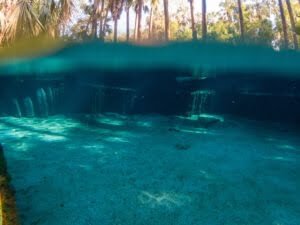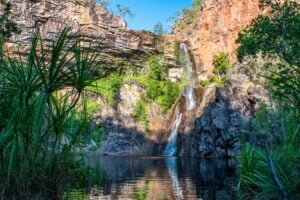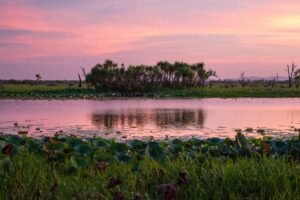It is undeniable that the heart of the Red Centre is largely considered to be Uluru (Ayers Rock) and Kata-Tjuta (The Olgas). These impressive formations, particularly Uluru, have been at the centre of controversy for quite some time now, especially in 2019 as the decision was made to close the climb to the top of the Rock on October 26, 2019. No matter which side of the debate you stand on, the truth is there is so much more to appreciate than simply climbing a big rock.
Uluru/Ayers Rock
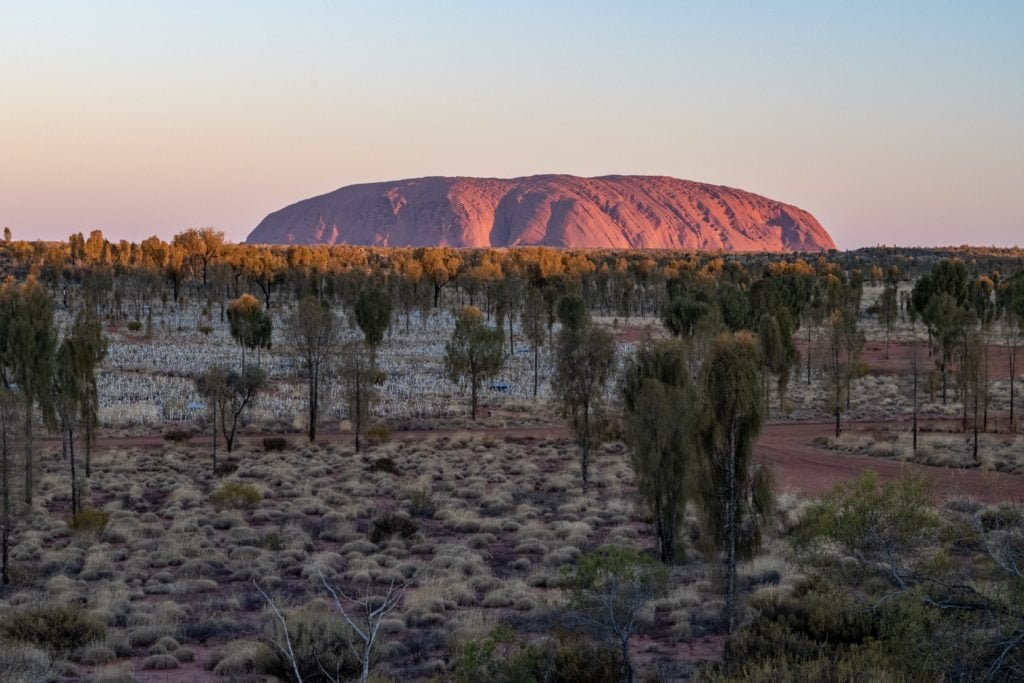
Uluru (Ayers Rock) is without a doubt the main attraction of the Red Centre. Rising from the surrounding flat desert at 349 meters tall and measuring 9.4 meters around the base, it is a commanding presence. And to the Anangu people, it is profoundly sacred. To understand why the Rock is so integral to the Anangu culture, it is worth doing the ranger-guided Mala tour and/or visiting the cultural centre. With the Mala walk, having done it three times, I can say that the information you get from the guiding ranger is quite variable but usually very informative. We learned so much from these walks, including that, like an iceberg, Uluru is predominantly underground! Originally, Uluru sat about 90 degrees from where it currently sits but after a significant geological event, the Rock was pushed onto its side to where we see it now.
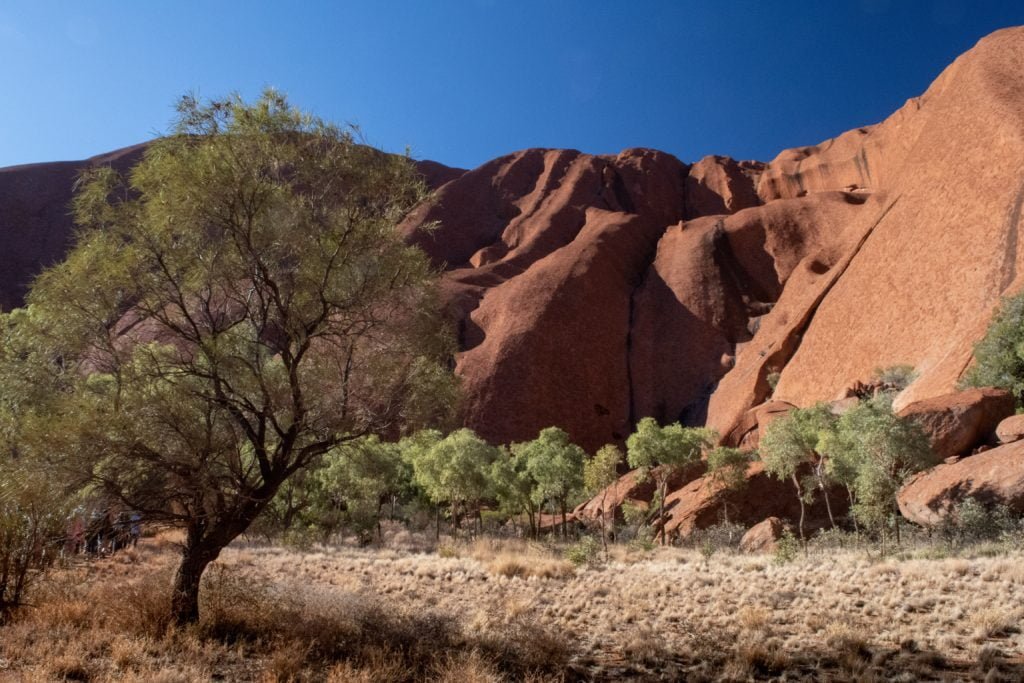
The 10.6km base walk is also a great way to appreciate Uluru’s infinite facets; just be aware that depending on the time of day, you may not have much shade, so be mindful on a hot day!
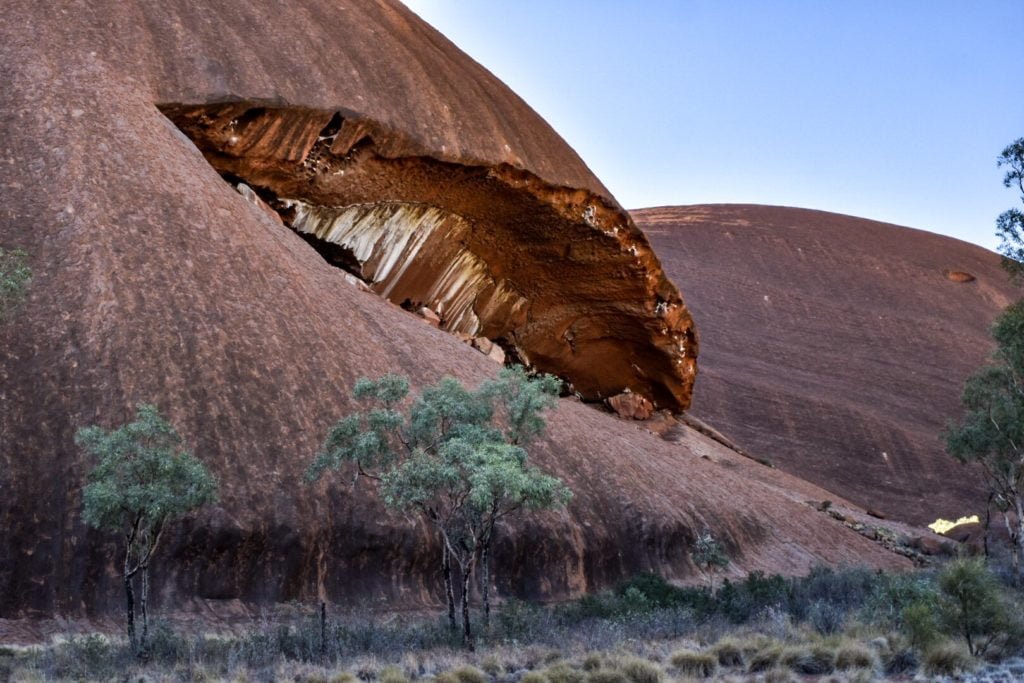
Specifically for sunrise and sunset, there are designated spots to view the Rock. Unlike most places, in central NT you get the best views with your back to the rising or setting sun, watching as the light strikes or gently fades away from what you’re looking at.
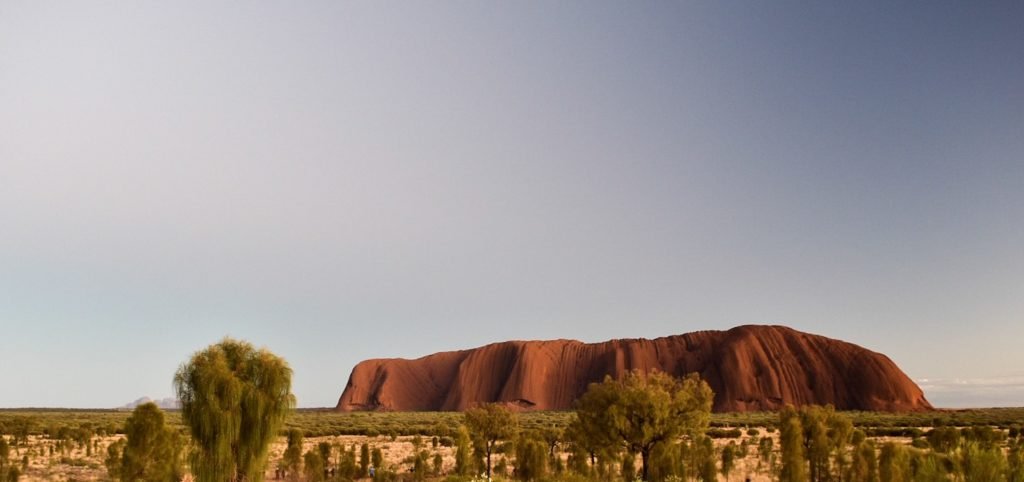
If you have the opportunity, it is worth seeing the opposite view, watching the sun rise or set from behind the Rock. Really, Uluru is ever-changing from one moment to the next, so the more views and perspectives you can get, the more you can appreciate this truly awe-inspiring and deeply spiritual natural wonder.
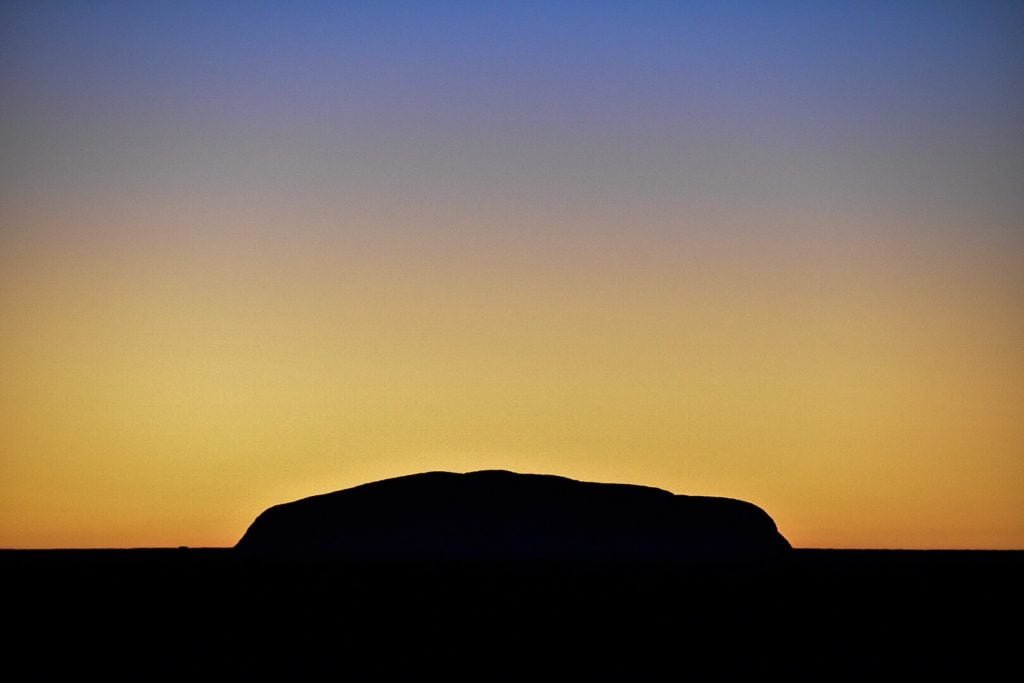
Kata Tjuta/The Olgas

Often times the notoriety of Uluru overshadows Kata Tjuta but the truth is in some ways we found these rock formations more impressive than the Rock itself. Kata Tjuta, meaning “many heads”, lies about 50km from Uluru. Its tallest peak reaches 546 meters, more than 200 meters taller than Uluru itself! Kata Tjuta has its own sunrise and sunset viewing areas and a couple walks through the formations. The walk through Walpa Gorge leads you through two of the taller domes and will make you truly feel tiny!
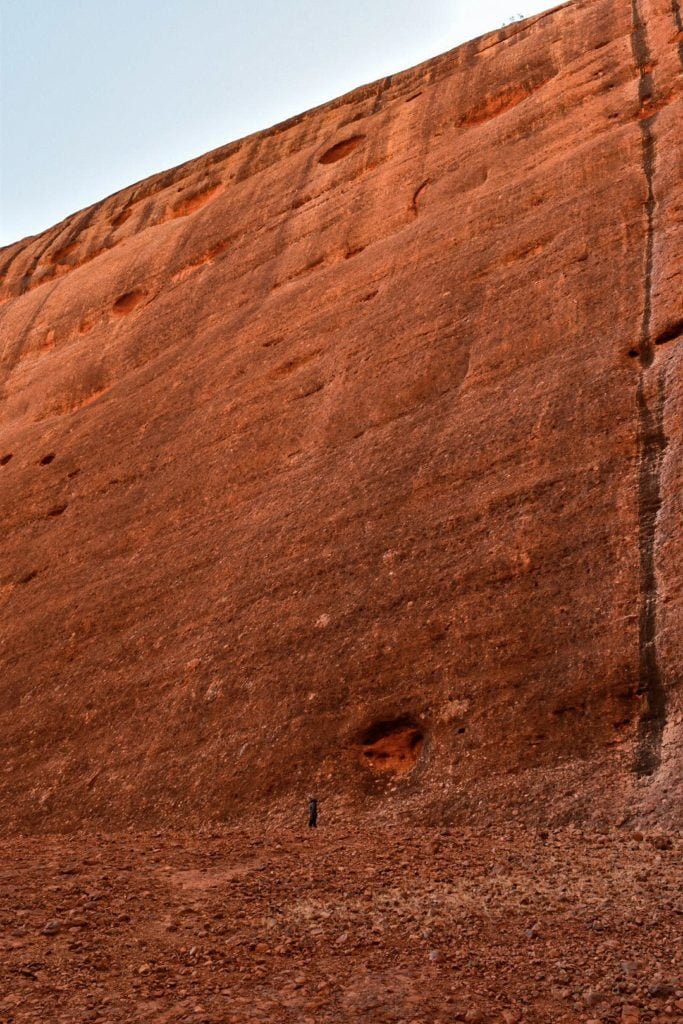
The Valley of the Winds walk can be divided into sections or done as a full 7.4km circuit and takes you through the heart of Kata Tjuta. If you feel up for it, the circuit walk is highly recommended, but the real highlight is the Karingana Lookout.
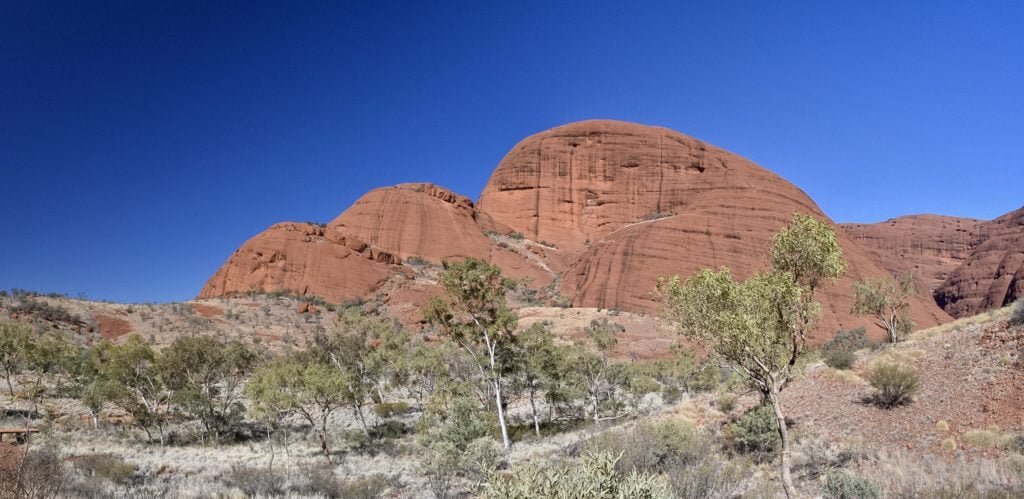
Field of Lights

The Field of Lights exhibit was a real highlight of our visit and one of our favourite special experiences thus far. It is an art installation by Bruce Monroe that entails more than 50,000 stemmed glass spheres spread out across a field the size of 7 football fields in ever-changing lights. There are a variety of ways to experience the lights, from a champagne sunset overlooking Uluru and the lights to a buffet dinner. The best part of the experience was being able to walk through the lights as they shifted colours and seemed to take on a life of their own. A must do but very popular so make sure you book ahead!


